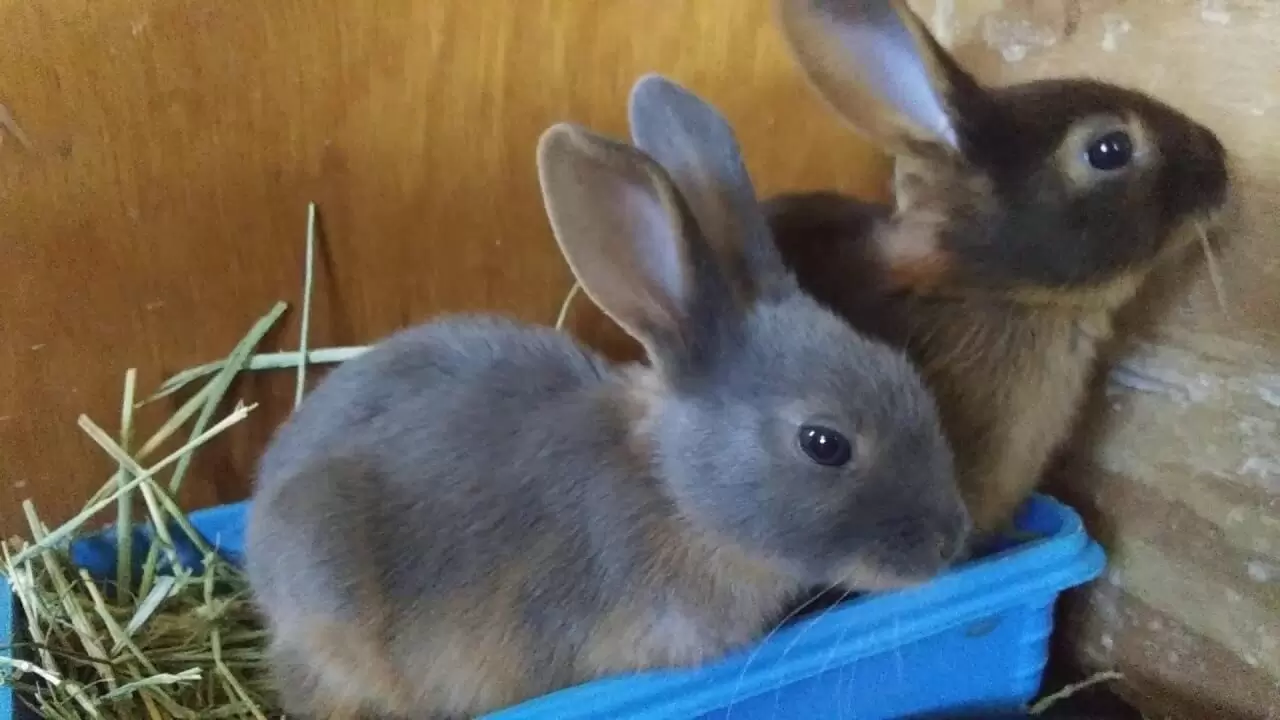- COUNTRY OF ORIGIN: England
- YEAR RECOGNIZED: 1914
- USES: Show, fur, meat
- WEIGHT: 6 pounds (2.7 kg) max., senior does
- BODY TYPE: Full-arch
- FUR TYPE: Flyback; ARBA Commercial Normal Fur Standard; medium-fine, short, high gloss
- COLORS: Black, blue, chocolate, or lilac with tan
THE TAN IS A FULL-ARCH RABBIT, strikingly furred in black, blue, chocolate, or lilac (dove gray tipped with pink) trimmed with rich, reddish mahogany (tan). Their short, polished, high-luster fur features a triangle of tan at the base of their necks and a tan collar.
The original Tans were mongrels, like most rabbits of even the late 19th century, when selective breeding was in its infancy. They first appeared in a warren kept in Derbyshire, England, that was populated by a mixture of so-called common hutch rabbits, wild European rabbits, and forerunners of the modern Dutch breed.
Some of those early rabbits were black with pale yellow bellies. The markings were unusual enough to draw attention from breeders who isolated the black-and-tans and improved the developing breed with an introduction of Belgian Hares into the gene pool. The Belgians added size and the more racy, athletic physique that characterizes both breeds today, although a Belgian may outweigh a Tan by more than 3 pounds (1.4 kg).
The British soon had two competing Black and Tan Rabbit clubs, which eventually blended their Black and Tan strains and added Silver Rabbit genes to the mix. The Tans appeared in the United States prior to 1908 and had an accepted standard by 1914.

